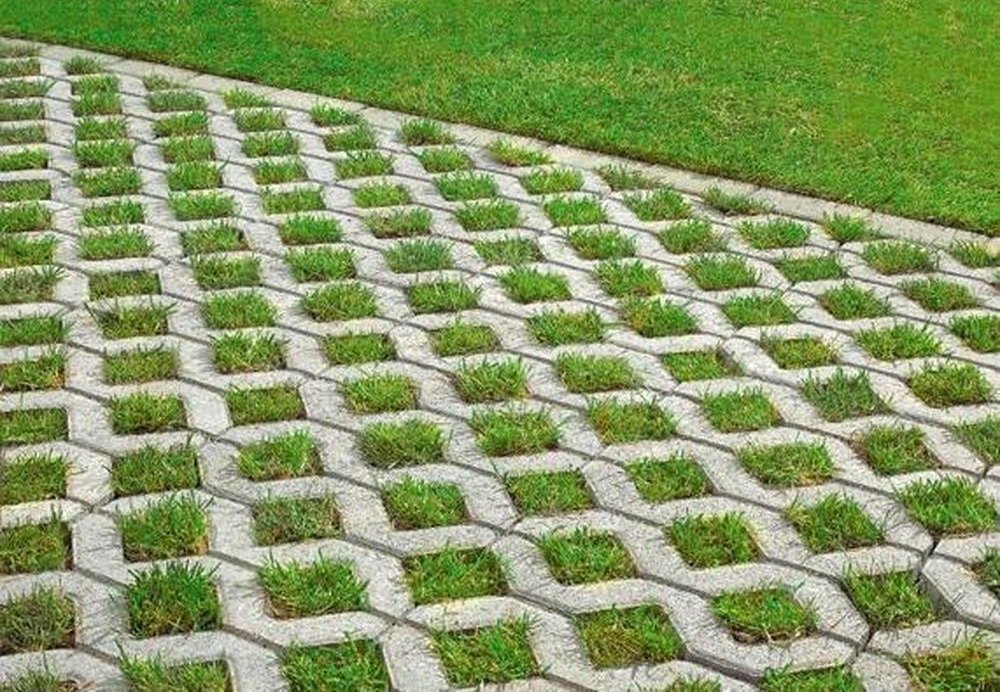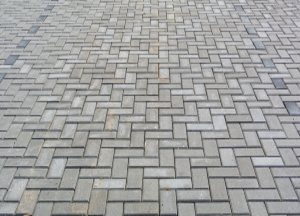Some facts about concrete pavers:
- There are limitless combinations of paver brands, shapes, sizes, and colors. In addition, the patterns and designs that can be created are only limited by the imagination. Unlike with other materials, concrete pavers can be arranged in winding, stately paths with exquisite circular patterns, or can be placed in a standard, rectangular patio.
- Not all pavers are created equal. Lack of cement leads to poor quality and durability. Therefore, pay attention to quality.
- Pavers are almost four times as strong as concrete. Even though concrete is one thick slab, the joints in between the pavers, along with the solid aggregate base below, provide extra strength to the whole.
- If any pavers need to be replaced due to staining, or weathering, it is a simple procedure to remove the offending stone and replace it with a new one. In case of serious damage like landslide or earthquake pavers can be recovered and reinstalled.
- Pavers don‘t crack like concrete slabs.
- For work on utilities simply remove the pavers and reinstall them once your work is finished. No need for a jackhammer.
- Paved surfaces do not require a curing period like concrete slabs do. Once the pavers are installed, the driveway or other paved area is ready for use.
- Pavers come in different thicknesses. Most commonly 60, 80 or 100 mm. The correct choice depends on the application and the solidity of the base material.
Common applications for pavers include but are not limited to:
| • Driveways | • Patios |
| • Parking areas | • Terraces |
| • Footpaths | • Industrial flooring |
| • Pool decks | • Landscaping |
| • Barangay roads | • Temporary roads |
| • Mechanical fixation of river embankments and dykes | • Mechanical fixation of mountain slopes |

error: Content is protected !!




